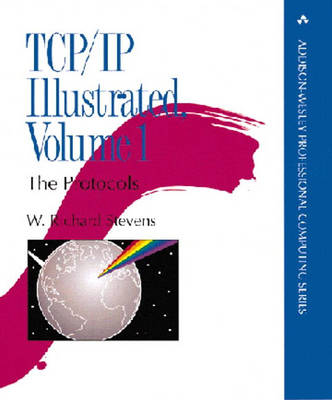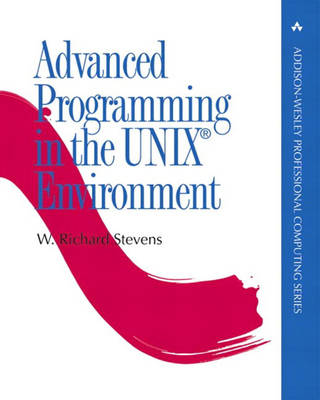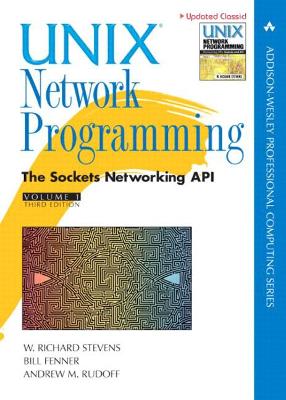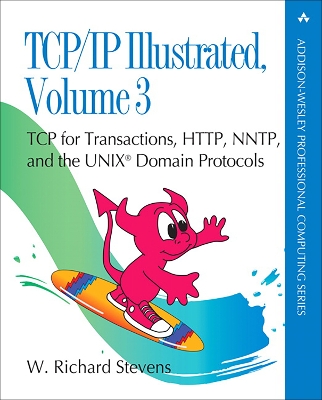Addison-Wesley Professional Computing
5 total works
For students writing applications that run over TCP/IP, or for those responsible for managing and maintaining a TCP/IP internet, this book's innovative approach helps readers at all levels to truly understand how TCP/IP really works. Rather than just describing the protocols from an abstract, standards-related point of view-describing what the standards say the protocol suite should do-TCP/IP Illustrated, Volume 1 actually shows the protocols in action. Stevens also recognizes that readers deal with multiple TCP/IP implementations on heterogeneous platforms. Therefore, the examples in this book show how current, popular TCP/IP implementations operate-SunOS 4.1.3, Solaris 2.2, System V Release 4, BSD/386, AIX 3.2.2, and 4.4 BSD-and they relate these real-world implementations to the RFC standards.
Bestselling UNIX author W. Richard Stevens offers application developers and system programmers his professional, experience-based guidance on using the system call interface with C. In the first half of the book, Stevens describes more than 200 system calls and functions with a brief example program following each description. Having provided the basics, Stevens moves on to chapter-long examples. The book is applicable to all major UNIX releases, especially System V Release 4-including Solaris 2-and 4.4 BSD, including 386 BSD.
Unix Network Programming, Volume 1
by W. Richard Stevens, Bill Fenner, and Andrew M. Rudoff
TCP/IP Illustrated, an ongoing series covering the many facets of TCP/IP, brings a highly-effective visual approach to learning about this networking protocol suite.
TCP/IP Illustrated, Volume 2 contains a thorough explanation of how TCP/IP protocols are implemented. There isn't a more practical or up-to-date bookothis volume is the only one to cover the de facto standard implementation from the 4.4BSD-Lite release, the foundation for TCP/IP implementations run daily on hundreds of thousands of systems worldwide.
Combining 500 illustrations with 15,000 lines of real, working code, TCP/IP Illustrated, Volume 2 uses a teach-by-example approach to help you master TCP/IP implementation. You will learn about such topics as the relationship between the sockets API and the protocol suite, and the differences between a host implementation and a router. In addition, the book covers the newest features of the 4.4BSD-Lite release, including multicasting, long fat pipe support, window scale, timestamp options, and protection against wrapped sequence numbers, and many other topics.
Comprehensive in scope, based on a working standard, and thoroughly illustrated, this book is an indispensable resource for anyone working with TCP/IP.




